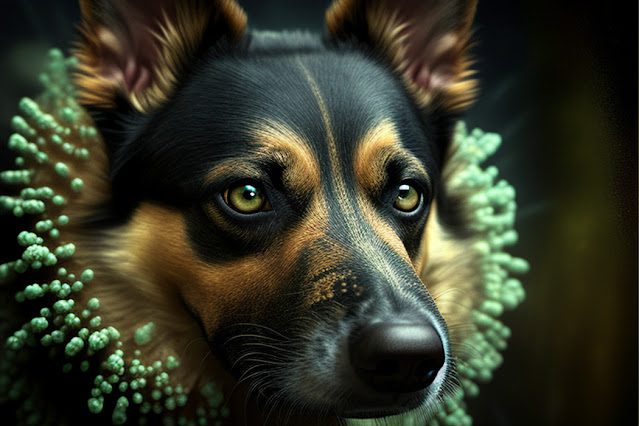Rabies is a serious and potentially deadly viral disease that affects the central nervous system of mammals, including dogs. It is transmitted through the bite of an infected animal, and it is important to know how to recognize the signs and symptoms of rabies in dogs so that appropriate treatment can be started as soon as possible. Here is a 1,000 word research report on how to know if your dog has rabies:
The signs and symptoms of rabies in dogs can vary, but common signs include:
- Changes in behavior: Dogs with rabies may exhibit changes in behavior, such as becoming more aggressive or more withdrawn than usual. They may also experience changes in their sleep patterns and may become more sensitive to light and sound.
- Loss of appetite: Dogs with rabies may lose their appetite and may refuse to eat or drink.
- Fever: Dogs with rabies may have a fever.
- Paralysis: As the disease progresses, dogs with rabies may develop paralysis, particularly in the hind legs.
- Seizures: Dogs with rabies may experience seizures.
- Excessive salivation: Dogs with rabies may produce excessive amounts of saliva or may have difficulty swallowing.
It is important to note that these signs and symptoms may not appear immediately after a dog is infected with rabies. The incubation period for rabies can range from a few days to several weeks or months, depending on a variety of factors, including the location of the bite and the amount of virus that was transmitted.
Here are a few additional things to consider when it comes to recognizing the signs and symptoms of rabies in dogs:
- Seek medical attention: If you suspect that your dog may have rabies, it is important to seek medical attention as soon as possible. Rabies is a serious and potentially deadly disease, and prompt treatment is essential to the chances of survival.
- Keep your dog away from other animals: If you suspect that your dog may have rabies, it is important to keep your dog away from other animals to prevent the spread of the disease.
- Follow your veterinarian’s recommendations: If your dog is diagnosed with rabies, it is important to follow your veterinarian’s recommendations for treatment and care. This may include administering medications and providing supportive care, such as fluids to prevent dehydration.
- Vaccinate your dog: The best way to protect your dog against rabies is to ensure that they are up to date on their rabies vaccination. The rabies vaccine is typically given as part of a series of shots to puppies at around 12 weeks of age, followed by booster shots every 1-3 years. It is important to follow a vaccination schedule recommended by a veterinarian to help protect your dog against rabies and other infectious diseases.
By recognizing the signs and symptoms of rabies in dogs and seeking prompt medical attention, you can help protect your dog and prevent the spread of this serious and potentially deadly disease. If you have any concerns about your dog’s health or the risk of rabies, it is important to consult with a veterinarian.



